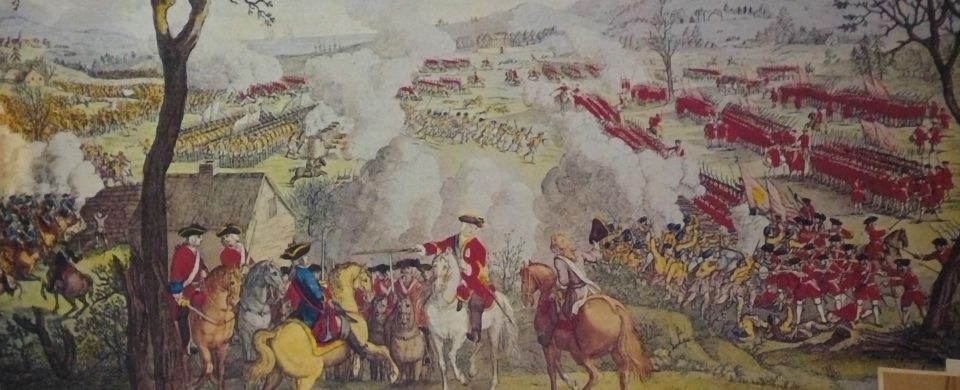It is important to remember, especially in light of the nationalist turn in Scotland and the fierce debate over independence in the last few years that the Union has quite often been divisive in Scottish society. On April the 16th, 272 years ago, the last pitched battle in history of Great Britain and one of the key moment in Scottish history if not the British one happened in the Scottish moor near Culloden. The Battle of Culloden is associated with many things, the struggle of a Hanoverian monarchy against a Stuart one, Catholics against Protestants, French influence against German influence, pre-modern traditional society against modern enlightenment society, and Lowland against Highland, but at its heart it was a conflict between patriotic Scots for the future of their country.
At the Royal Highland Fusiliers Museum, it is one of the battles we cannot avoid mentioning. Especially because it’s one of the first battles Royal Scots Fusiliers, one of the regiments Royal Highland Fusiliers’ antecedent regiments. After being raised in 1678 as a Stuart loyalist regiment, it was amongst 16 battalions loyal to Hanoverian Government, and one of only four Scottish Hanoverian units, taking part in the battle. The change of the Regiment’s allegiance to the Hanoverian dynasty dates from the Revolution 1688 when King James II of England & Scotland chose to flee the country in the aftermath of the Parliament-backed landing of King William III of the Netherlands. They served at Culloden in the 1st Division on the front line, under the command of Major Hon. Charles Colvill.
In our display, the battle is represented by copy of famous print made based on image by Augustin Heckel in 1746 and printed in 1797, named simply “The Battle of Culloden”. It was reprinted many times and nowadays copies are in collections of institutions like the National Galleries Scotland and the National Army Museum.
The battle was concluded with swift and crushing victory of the Government army and was remembered in the popular memory of the time as a victory of civilised Britons winning through superior technology and tactics against wild, uncivilised, backwards Highland mobs. It is estimated that the battle lasted less than an hour unlike the usual dy long battles of the time due to the fact that the Stuart forces opened the battle by closing the distance between the two forces with a charge, leading to the much more decisive hand to hand combat that, in other battles, would have followed a long day of tactical manoeuvre and inconclusive musket-fire. Coupled with the adoption of new bayonet drill to counter the famed Highland Charge as well as the use of fresh Government troops, the Hanoverian forces were able to win a definitive victory, and end the ’45 Rising.
Yet, with this crushing victory the two united Kingdoms together gained the service of generations of great soldiers, officers, intellectuals, inventors, and men of enormous potential.

